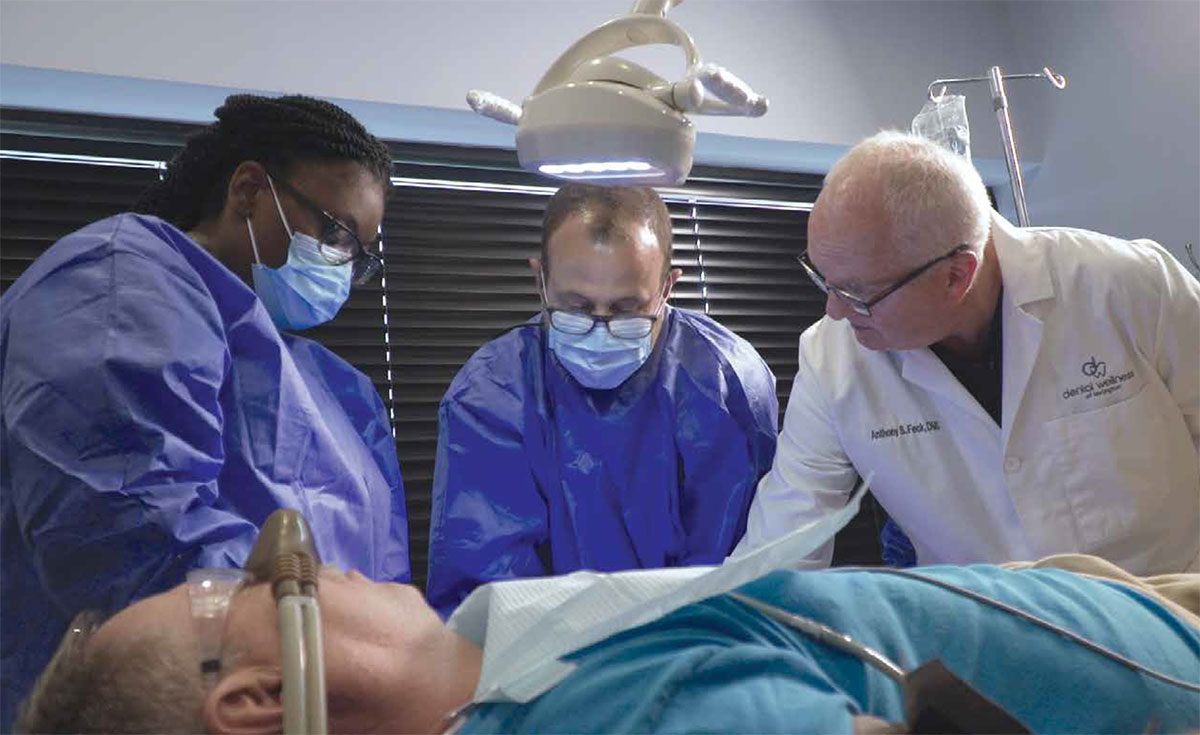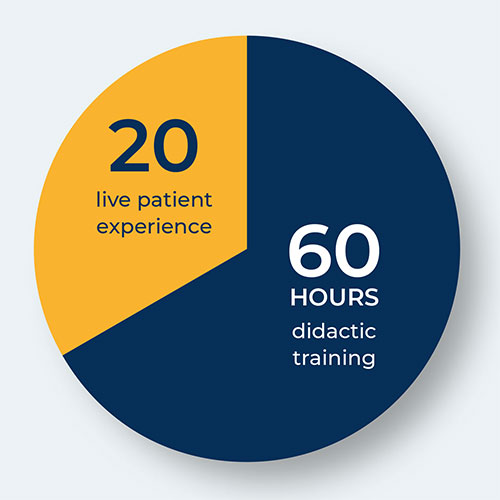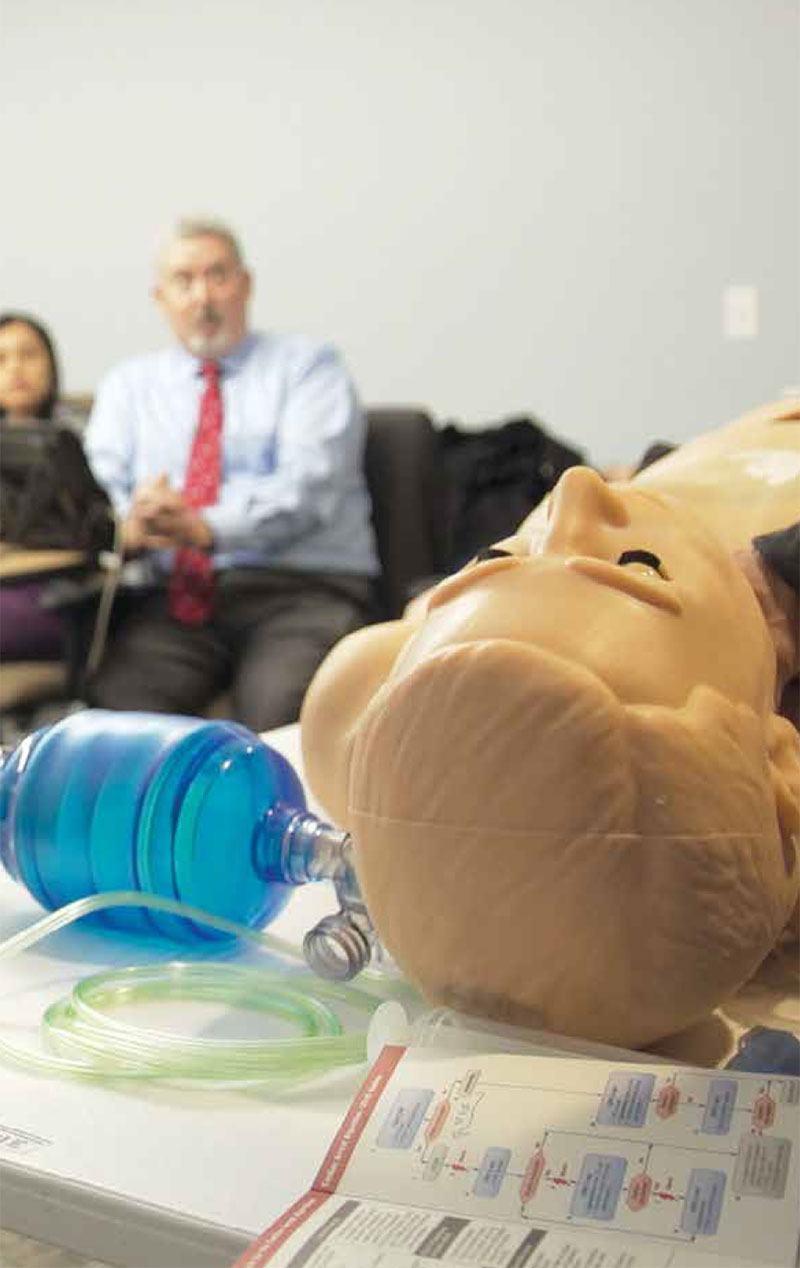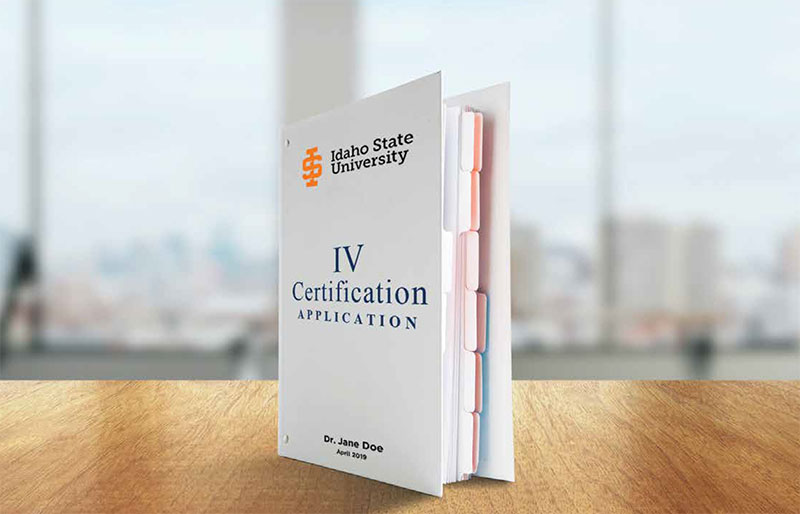Course Description:

IV Sedation Training for Dentists
Invest in your future and take advantage of our INTEREST-FREE PAYMENT PLAN! An initial deposit of $4,501 (after Membership savings) will hold your spot in an upcoming IV sedation course, and the remaining amount is split evenly over six months for a total tuition of $22,995.
Interested in learning more? Schedule a complimentary consultation with Lindsay Cahill, the Clinical Program Manager, or email us at [email protected].
The DOCS Education IV training program meets the regulatory requirements to obtain an IV permit in 49 states and offers two unparalleled University affiliations.
By integrating IV sedation dentistry into your practice, you will elevate your skill and confidence level as well as increase treatment efficiency. By choosing DOCS, you’ll prioritize quality.
During this course, you will:
- Receive extensive support from sign-up to sedation permit and beyond
- Learn how to gain IV access and provide sedation to 20+ patients
- Combine home study with hands-on, in-person training over one 4-day clinical session
- Learn why IV conscious sedation dentistry can be a game-changer in your practice
One Team Member is included in the price.
Choose from two clinical locations: Lexington, KY or Salt Lake City, UT.
| Upcoming Clinical Training Dates: | |
|---|---|
| May 8-11 (Lexington) | FULL |
| June 5-8 (Lexington) | 2 SEATS LEFT |
| June 19-22 (Salt Lake City) | 1 SEAT LEFT |
| July 17-20 (Lexington) | 2 SEATS LEFT |
| August 7-10 (Lexington) | 4 SEATS LEFT |
| September 18-21 (Salt Lake City) | 4 SEATS LEFT |
| September 25-28 (Lexington) | 4 SEATS LEFT |
| LOCATION: Lexington, KY or Salt Lake City, UT | |

Purchase of this course grants access for one year and requires an internet connection, computer with video and audio capabilities, and in some cases, Adobe Reader to view handouts and articles.
You can download this course and watch it anywhere using the DOCS APP. Get it on Google Play or the Apple Store.
Scientific support and additional resources are available here.
Curriculum Topics:
- The sedation spectrum
- Mechanisms of orofacial pain and analgesia
- Psychological aspects of pain and anxiety
- Principles of pharmacology
- Pharmacokinetics, pharmacodynamics, and pharmacotherapeutics of conscious sedation medications used in dentistry
- Drug interactions
- Patient assessment
- Advanced airway maintenance & management
- Monitoring
- IV sedation protocol
- Venipuncture
- Record-keeping
- Sedation blunders
- Advanced Cardiac Life Support (ACLS), including ACLS certification
Course Objectives: Upon completion of a competency course in enteral sedation, the dentist must be able to:
- Incorporate methodologies to safely provide both enteral (oral) and parenteral (IV) minimal and moderate sedation in an outpatient setting.
- Expand your confidence and ability to treat medically complex patients safely, and realizing the synergies that arise—for both doctor and patient—when you strategically combine safe oral and IV sedation.
- Understand the ADA guidelines for Teaching Pain Control and Sedation to Dentists and Dental Students (Adopted by the ADA House of Delegates in Oct. 2016).
- Fulfill the ADA-recommended advanced airway management and opioid prescription training, and qualify for ACLS certification.
- Understand the advantages and disadvantages of minimal and moderate sedation and the sedation spectrum.
- Learn prevention, recognition, and management of complications from venipuncture and other parenteral techniques; oral sedation and other enteral techniques; and minimal and moderate sedation with particular attention to airway maintenance and support of the respiratory and cardiovascular systems.
- Review abuse potential, occupational hazards, and other detrimental effects of the agents utilized to achieve minimal and moderate sedation.
- Techniques of intravenous access, intramuscular injection, and other parenteral techniques through demonstration.
- Study Pharmacokinetics, pharmacodynamics, and pharmacotherapeutics of sedation medications used in dentistry for administration, including the precautions, indications, contraindications, and adverse reactions associated with them.
- Understand complications and potential missteps associated with techniques of minimal and moderate sedation.
- Learn protocols for management of most commonly encountered emergencies in the dental office, and the drugs and equipment required for prevention and management; demonstrate proficiency.
- Study historical, philosophical, and psychological aspects of anxiety and pain control, mechanisms of orofacial pain and analgesia.
- Understand patient evaluation, assessment, selection, monitoring and recordkeeping through a detailed review of medical history taking, physical diagnosis, and psychological considerations.
- Description of the sedation anesthesia continuum with special emphasis on the distinction between the conscious and the unconscious state.
- Pharmacology of local anesthetics and agents used in IV Sedation, including drug interactions and contraindications.
- Indications and contraindications for use of IV Sedation.
- Review of dental procedures possible under IV Sedation.
- Patient monitoring using observation and monitoring equipment with particular attention to vital signs and reflexes related to consciousness.
- Safely and effectively administer the selected drug(s) to dental patients in a clinical setting.
DOCS Education considers the dental team a vital part of good patient care and every dentist is required to bring at least one staff member to the clinical course. States differ in their sedation regulations. Visit www.SedationRegulations.com to learn more.
In most dental offices team members play an essential role. It's imperative that they be knowledgeable about the process to better serve the patient and the dentist.
60 didactic
30 clinical live hands-on
20+ cases
(Hours - AGD Code - Definition)
2 - 010 Basic Science: Anatomy
4 - 010 Basic Science: Pharmacotherapeutics
2 - 010 Basic Science: Physiology
15 - 142 Electives: Emergency Training / CPR
2 - 153 Electives: Psychosocial anxiety & fear in dentistry
62 - 340 Anesthesia & Pain Management: Parenteral techniques
3 - 340 Anesthesia & Pain Management: Prescription management
TOTAL: 90 hours (participation)
Once you have started the course, no refund will be issued. If you need to move your clinical date less than 6 weeks prior to the first day of the session, a $2,500 fee will be charged.
To learn more about how DOCS Education’s full range of courses can satisfy your state’s regulatory requirements, visit www.SedationRegulations.com. This unique online resource is kept up-to-date by DOCS Education’s full-time regulatory counsel with a brief outline of the latest sedation legislation by state and province. DOCS Members receive a comprehensive regulatory reference sheet for their location and access to the regulatory counsel. Contact one of our course advisers with any questions or visit our course listings to see upcoming classes.




































